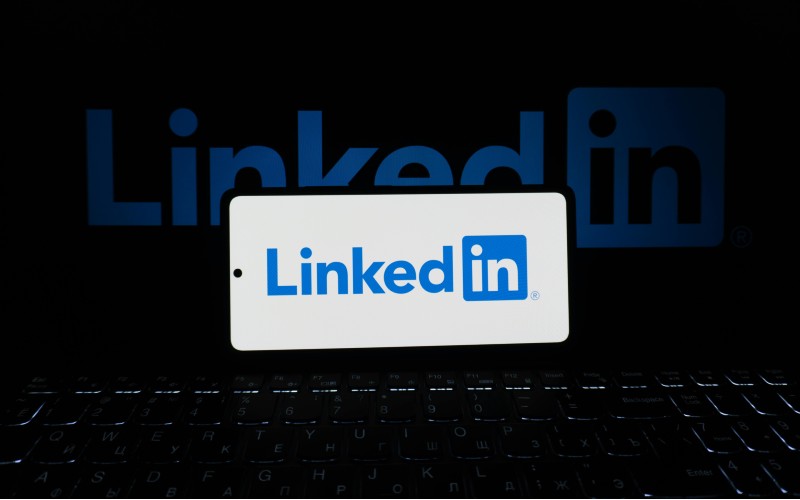Generating leads and making new contacts on LinkedIn is a powerful option that the platform offers, but doing so manually can be time-consuming. Automation tools allow professionals and businesses to continue making use of LinkedIn for outreach purposes, but save them from having to do it all manually.
If you are in a business or profession that relies on networking, it’s likely that some elements of your work occur on LinkedIn. It is the biggest platform for professional networking in the world, which is great for the amount of potential it offers, but its sheer size is also a drawback. When there are so many businesses and professionals on the platform, manually undertaking LinkedIn outreach strategies is simply not realistic. Automation tools fix this issue. Utilising LinkedIn automation tools can help you to continue pushing outreach strategies on the platform, without needing to devote all of your time to it, allowing you to generate new leads and forge new relationships almost passively.
Let’s look closer at why automation in LinkedIn outreach strategies is needed, how it works, and how to keep it personalised.
Why is Automation a Necessity for LinkedIn Outreach?
To put it in the simplest terms, there are just too many users on LinkedIn. The platform has 1.2 billion members as of January of this year. While that means that there are potentially a huge number of contacts that you can make, it is also a prohibitively large number for you to try and contact and send personalised messages to manually. While not every business niche is going to be stacked with potential contacts, most of the time, it will be far more efficient and useful to use automation rather than to spend your valuable time on manual outreach strategies.
It is important to state that automation in outreach on LinkedIn needs to be done correctly; you can’t just blast everyone with spam messages. But correctly setting up some simple automation tools to search for and send introductory messages to potential contacts is a perfectly valid outreach strategy for many professionals. The particulars and details of the best practices for LinkedIn automation are beyond the scope of this article, but resources like Expandi’s guide to LinkedIn automation tools can prove very useful for achieving whatever outreach goals you might have, while also staying within LinkedIn’s terms and services.
Keeping it Personal, or at Least, Personalised
While using automated outreach tools, it is important that you keep a certain level of personalisation in the messages. If the initial contact message you send is clearly something generic that was spat out by an automated tool, it’s unlikely to generate many leads or forge new relationships. Even the smallest amount of personalisation, such as people and company names, job titles, or recent achievements and updates to profiles, can make all the difference. Modern automation tools typically include these functions.
Another good way to keep things somewhat personalised with automation tools is by segmenting your audience. If you send slightly tailored messages to the different groups you are attempting to make contact with, it will dramatically increase the chance that they will take you seriously. Automation should be combined with context and functional data to build relevance.
How Exactly do These Outreach Tools Work?
In a nutshell, these tools will help you to generate more leads in a shorter period of time. But what do they do? Well, they automate a number of tedious and tiresome tasks that, while necessary for good lead generation, can be mind-numbing. Some of the things they help with include, but are not limited to, the following:
- Connection requests. Contacting and inviting professionals in your target audience to connect with you.
- Cold messages. Sending messages to new contacts in the hopes of lead generation.
- Follow-up messages. Once a new connection is made, reach out to them to elicit a response.
- Interacting with posts. Leaving evidence of having viewed and engaged with posts of professionals in your target audience.
Most LinkedIn automation tools use some form of AI to stagger their activities and to prevent spamming.
Final Thoughts
With so many professionals on the platform, attempting to undertake outreach on LinkedIn and other professional networking platforms without using automation is asking for a headache. These tools should be used responsibly and with clear goals, but they can save time and help generate leads while you work on more important aspects of your business.


